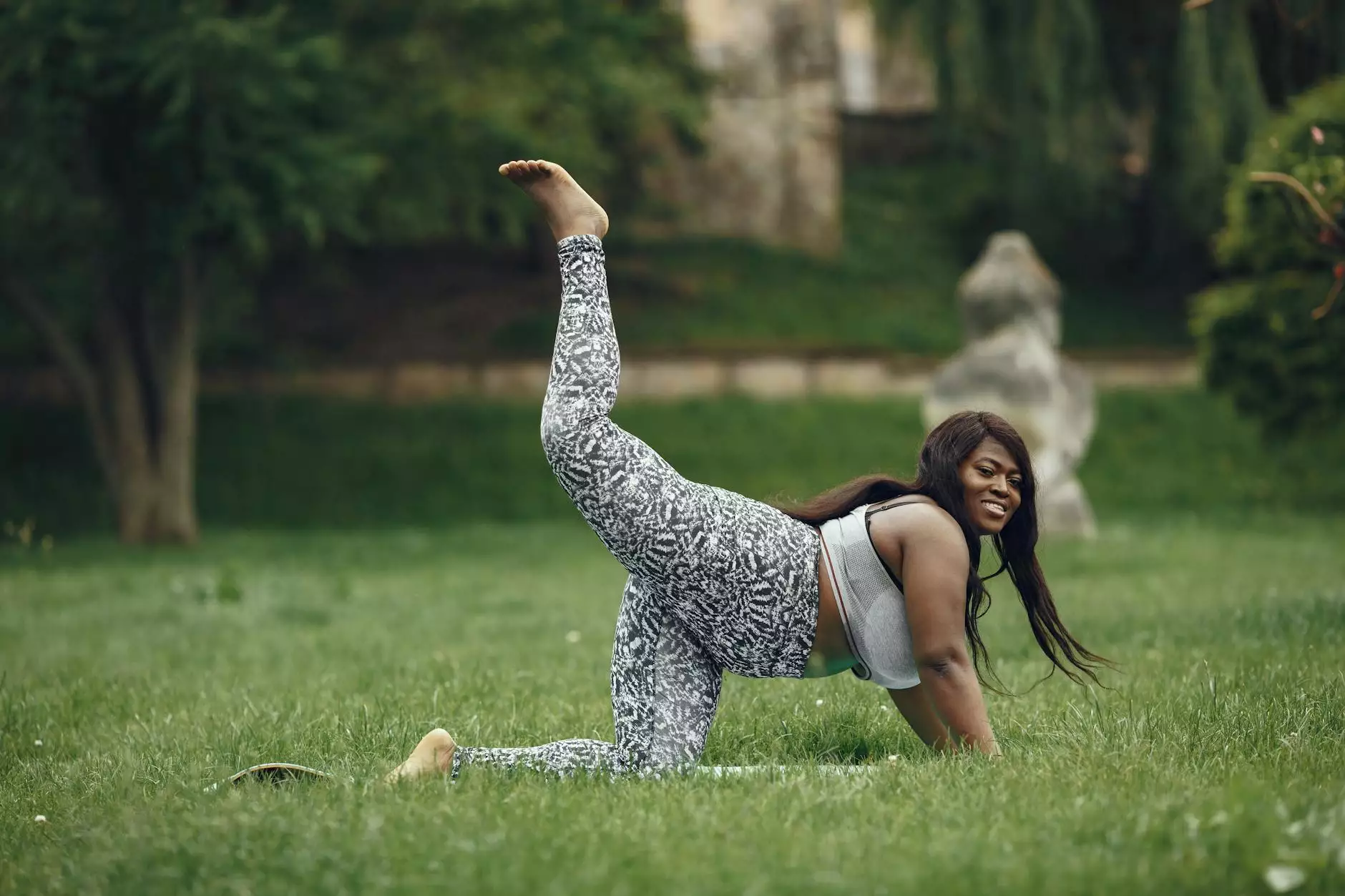Postnatal Pilates for Diastasis Recti: A Comprehensive Guide

Diastasis recti, a common condition affecting women after childbirth, involves the separation of the abdominal muscles along the midline. This can lead to various issues, including decreased core strength, posture problems, and lower back pain. Fortunately, postnatal pilates offers a safe and effective way to rehabilitate the core, improve abdominal function, and promote recovery. In this extensive guide, we will explore how postnatal pilates can benefit those suffering from diastasis recti, providing you with the tools and knowledge to begin your recovery journey.
Understanding Diastasis Recti
Diastasis recti occurs when the left and right sides of the rectus abdominis muscle (the "six-pack" muscle) become separated due to the stress of pregnancy. This condition can affect women during and after pregnancy, but understanding its causes, symptoms, and effects is crucial for effective management.
Causes of Diastasis Recti
- Pregnancy: The growing uterus stretches the abdominal muscles, often leading to separation.
- Genetics: Some individuals are predisposed to weaker connective tissue.
- Multiple Pregnancies: Each subsequent pregnancy increases the risk of separation.
- Obesity: Excess weight throughout pregnancy can exert additional pressure on the abdominal wall.
Symptoms of Diastasis Recti
Recognizing the symptoms of diastasis recti is essential for early intervention. Common symptoms include:
- A visible bulge in the mid-abdomen when straining or engaging the core.
- Lower back pain that may become more pronounced with certain movements.
- Difficulty executing certain physical activities, such as lifting, bending, or returning to a workout routine.
- Changes in posture, leading to slouched or strained positions.
- Potential discomfort in the pelvic region, particularly when performing everyday tasks.
The Role of Pilates in Rehabilitation
Pilates is a low-impact exercise method that emphasizes core strengthening, flexibility, and proper alignment. It is particularly beneficial for postnatal women recovering from diastasis recti. The focus of pilates on controlled movements enables individuals to rebuild their strength gradually and safely.
Benefits of Postnatal Pilates for Diastasis Recti
Engaging in postnatal pilates provides numerous advantages, including:
- Core Strengthening: Pilates reinforces the deep core muscles, which are essential for stability and support.
- Improved Posture: By enhancing the alignment of the spine, pilates helps mitigate postural issues that often arise from diastasis recti.
- Increased Flexibility: Pilates promotes flexibility, which is crucial for preventing injuries and promoting effective movement patterns.
- Mind-Body Connection: Pilates encourages awareness of body alignment and movement, which can improve physical function and rehabilitation outcomes.
- Low Impact: The gentle nature of Pilates makes it an excellent option for women in the postpartum period, ensuring exercises are safe and manageable.
Essential Pilates Exercises for Diastasis Recti
When beginning a pilates routine after childbirth, it's vital to focus on specific exercises that target the abdominal muscles without exacerbating diastasis recti. Here are some recommended exercises to incorporate into your routine:
1. Diaphragmatic Breathing
This fundamental exercise helps activate the core while encouraging proper breathing patterns:
- Lie on your back with your knees bent and feet flat on the ground.
- Place one hand on your chest and the other on your abdomen.
- Inhale deeply through your nose, allowing your abdomen to rise while keeping your chest relatively still.
- Exhale through your mouth, drawing your belly button towards your spine.
2. Modified Plank
The modified plank helps build core strength in a controlled manner:
- Start on your hands and knees, ensuring your wrists are beneath your shoulders and knees are under your hips.
- Engage your core muscles to maintain a neutral spine.
- Hold this position for 10-20 seconds, gradually increasing the time as your strength improves.
3. Pelvic Tilts
Pelvic tilts help strengthen the pelvic floor and abdominal muscles:
- Lie on your back with knees bent and feet flat.
- Gently flatten your lower back against the floor by engaging your abdominal muscles.
- Hold for a few seconds, then release and return to the starting position.
4. Glute Bridge
This exercise targets the glutes while also engaging the core:
- Lie on your back with knees bent and feet flat.
- Press through your heels to lift your hips toward the ceiling while squeezing your glutes.
- Hold for a moment at the top, then lower back down slowly.
5. Leg Slides
Leg slides integrate core control and stability:
- Lie on your back with knees bent and feet flat on the floor.
- Engage your core and slide one foot along the floor, straightening the leg.
- Return to the starting position and repeat with the other leg.
Safety Considerations When Practicing Postnatal Pilates
While postnatal pilates can be beneficial, safety should be your primary concern. Here are some essential guidelines:
- Consult with your healthcare provider before starting any exercise routine, especially after childbirth.
- Focus on form rather than the number of repetitions to prevent injury.
- Listen to your body and avoid any movement that causes pain or discomfort.
- Consider taking classes with a certified pilates instructor who has experience in postnatal rehabilitation.
- Gradually increase the intensity of your workouts to allow your body to adapt.
Solutions Offered by Hello Physio
At Hello Physio, we specialize in providing tailored physiotherapy and rehabilitation services to support your recovery from diastasis recti. Our experienced team understands the complexities of postnatal recovery and is committed to guiding you through each step of the rehabilitation process.
Our Services Include:
- Personalized Pilates Classes: Tailored sessions focusing on your specific needs and recovery goals.
- One-on-One Physiotherapy: Individual assessments and treatments to address your concerns effectively.
- Education and Support: Comprehensive information about diastasis recti, recovery strategies, and ongoing health.”
- Group Classes: A supportive environment to engage with other new mothers while practicing pilates.
Conclusion
Recovering from diastasis recti may seem daunting, but with the right approach and support, it is entirely achievable. Postnatal pilates is an effective method to regain core strength, enhance overall well-being, and improve your quality of life after childbirth. By incorporating controlled exercises into your routine and seeking professional guidance, you can take significant steps toward healing and embracing motherhood confidently.
For more information on postnatal pilates for diastasis recti, or to schedule an appointment with our expert team at Hello Physio, visit our website at hellophysio.sg or contact us directly. Your journey to recovery begins now!
postnatal pilates diastasis recti








